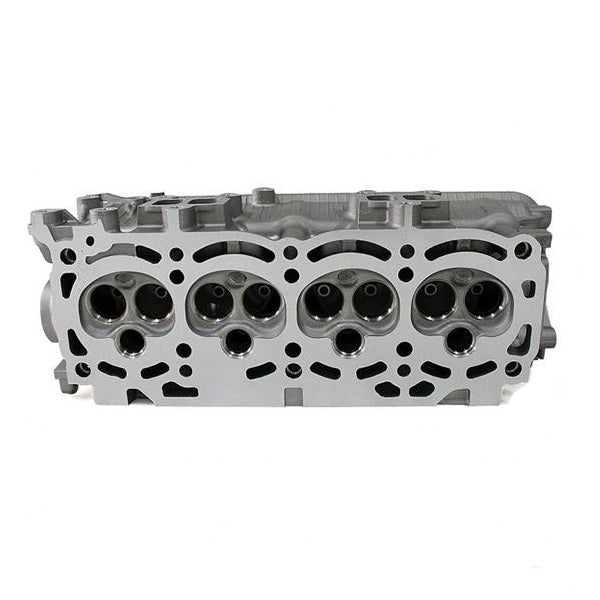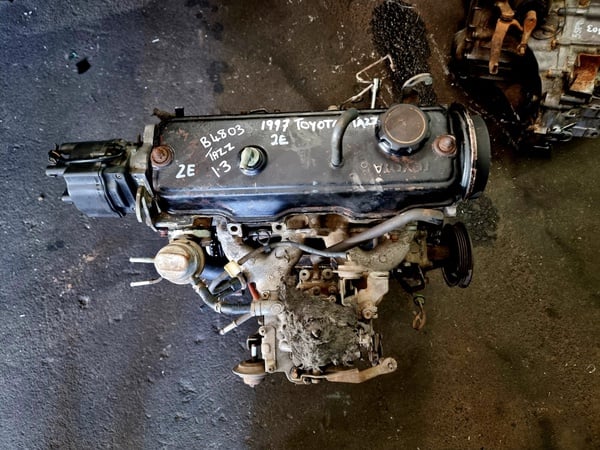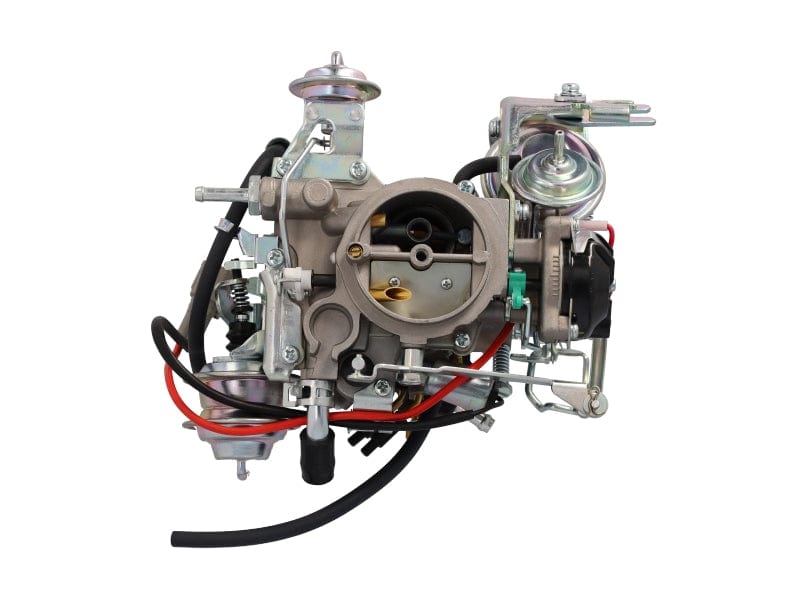Why the Toyota Tazz Remains a Popular Choice for Budget-Conscious Drivers
Why the Toyota Tazz Remains a Popular Choice for Budget-Conscious Drivers
Blog Article
Explore the Most Current Patterns in Engine Technology Via Tazz
In the swiftly developing landscape of auto modern technology, Tazz stands at the leading edge, highlighting considerable developments in engine systems that focus on both innovation and sustainability. From crossbreed engines that maximize fuel performance to the appearance of hydrogen fuel cells, the trends shaping modern powertrains are not only boosting efficiency however additionally resolving essential environmental obstacles.
Hybrid Engine Innovations
Crossbreed engine technologies stand for a crucial shift in automotive modern technology, combining the advantages of inner combustion engines with electric propulsion systems. This combination not just improves fuel performance but likewise lowers exhausts, meeting progressively stringent environmental policies. By making use of both energy resources, hybrid engines can maximize efficiency, providing power when needed while conserving gas throughout much less demanding driving conditions.
Current innovations in crossbreed modern technology consist of improvements in battery performance and regenerative stopping systems. These developments enable greater power recovery during deceleration, which can be rerouted to help in acceleration or power accessory systems. Additionally, producers are focusing on light-weight materials and portable styles to make the most of the effectiveness of crossbreed powertrains.
The growth of plug-in crossbreeds has also broadened the marketplace, enabling chauffeurs to charge their cars using typical electric outlets. This feature typically enables for substantial all-electric range, more reducing reliance on traditional fuels. tazz. As the automotive sector remains to progress, hybrid engine technologies are expected to play a crucial role in connecting the void in between standard lorries and fully electric designs, offering a transitional option that deals with varied consumer demands and preferences
Developments in Electric Powertrains
The vehicle landscape is swiftly evolving, with electrical powertrains becoming a leading pressure in sustainable transport. Advances in electrical vehicle (EV) technology are significantly boosting customer, performance, and performance experience. Trick developments consist of improvements in battery chemistry, which have actually increased energy thickness, lowered charging times, and expanded general battery life.
Solid-state batteries, for instance, assure to revolutionize the market by supplying higher safety and effectiveness contrasted to conventional lithium-ion cells. Improvements in regenerative braking systems are making it possible for cars to recuperate energy throughout deceleration, adding to general efficiency.
In enhancement to battery technology, electric motor layouts are coming to be more sophisticated. Developments such as incorporated motors and advanced thermal management systems are assisting to optimize power shipment and minimize weight, eventually enhancing vehicle characteristics.

Jointly, these advancements underscore the dedication to shift towards cleaner, much more reliable transportation remedies, placing electrical powertrains at the center of automobile innovation.
The Surge of Hydrogen Gas Cells
Increasingly, hydrogen fuel cells are obtaining grip as a viable option to standard internal burning engines and battery electrical lorries. This modern technology utilizes the chemical energy saved in hydrogen, transforming it right into electricity through an electrochemical reaction with oxygen. The key byproduct of this process is water, making hydrogen gas cells an eco friendly alternative with no emissions at the tailpipe.

Car manufacturers are progressively buying hydrogen fuel cell technology, identifying its capacity for long-range applications and fast refueling capabilities that rival traditional fuels. Furthermore, fields such as durable transportation and public transit are particularly well-suited for hydrogen gas cells, where battery electric options might drop short due to weight and range limitations.
As research study and investment continue to broaden, hydrogen gas cells are positioned to play a considerable function in the future landscape of tidy transport and energy solutions.
Enhancements in Internal Burning Engines
Technologies moved here in interior burning More Bonuses engine (ICE) technology are transforming standard cars to fulfill contemporary ecological standards and performance expectations. Straight fuel shot, for instance, allows for much better atomization of gas, leading to more complete combustion and enhanced power outcome.
Additionally, turbocharging has actually acquired importance, allowing smaller engines to supply greater efficiency without the weight of larger engines - tazz. This innovation not just improves efficiency but also adds to reduce fuel intake. Variable valve timing systems are also being improved, making it possible for engines to adapt to numerous driving conditions for improved torque and responsiveness
Moreover, using lightweight materials in engine building is ending up being conventional, further improving fuel effectiveness by decreasing total automobile weight. Engine control units (ECUs) are progressively sophisticated, making it possible for real-time modifications that maximize performance and exhausts.
These enhancements collectively signify a crucial change in ICE innovation, aligning with worldwide sustainability objectives while still giving the performance vehicle drivers anticipate from their automobiles. As the sector evolves, these improvements continue to shape the future of standard automotive design.
Future Fads in Engine Effectiveness
Substantial improvements in engine performance are expected as suppliers concentrate on incorporating cutting-edge innovations to fulfill rigorous ecological laws and customer needs. The shift in the direction of electrification, crossbreed systems, and alternative fuels is reshaping the automotive landscape, driving technologies that boost fuel economic situation and reduce exhausts.
Among the essential fads is the execution of sophisticated materials and producing methods. the original source High-strength alloys and lightweight composites add to reduced vehicle weight, therefore enhancing overall performance. Furthermore, the fostering of turbocharging and variable shutoff timing innovations permits boosted power result from smaller sized engines, additionally enhancing fuel economic climate.

Conclusion
Finally, the exploration of engine technology discloses considerable developments that prioritize sustainability and performance. Advancements in hybrid engine systems, electric powertrains, and hydrogen gas cells show a commitment to reducing exhausts while enhancing performance. Moreover, renovations in inner burning engines and a concentrate on lightweight materials add to general engine effectiveness. As the automotive sector remains to advance, these patterns will play a vital duty fit a cleaner and more sustainable future for transportation.
From crossbreed engines that enhance fuel efficiency to the development of hydrogen gas cells, the trends shaping modern-day powertrains are not only improving performance however likewise resolving crucial ecological challenges.Hybrid engine developments represent a pivotal shift in vehicle technology, incorporating the advantages of interior combustion engines with electric propulsion systems.In addition, turbocharging has obtained importance, permitting smaller engines to supply greater efficiency without the weight of larger engines. Additionally, the fostering of turbocharging and variable shutoff timing innovations allows for boosted power outcome from smaller sized engines, better enhancing gas economy.
Renovations in internal combustion engines and an emphasis on lightweight materials contribute to total engine efficiency.
Report this page